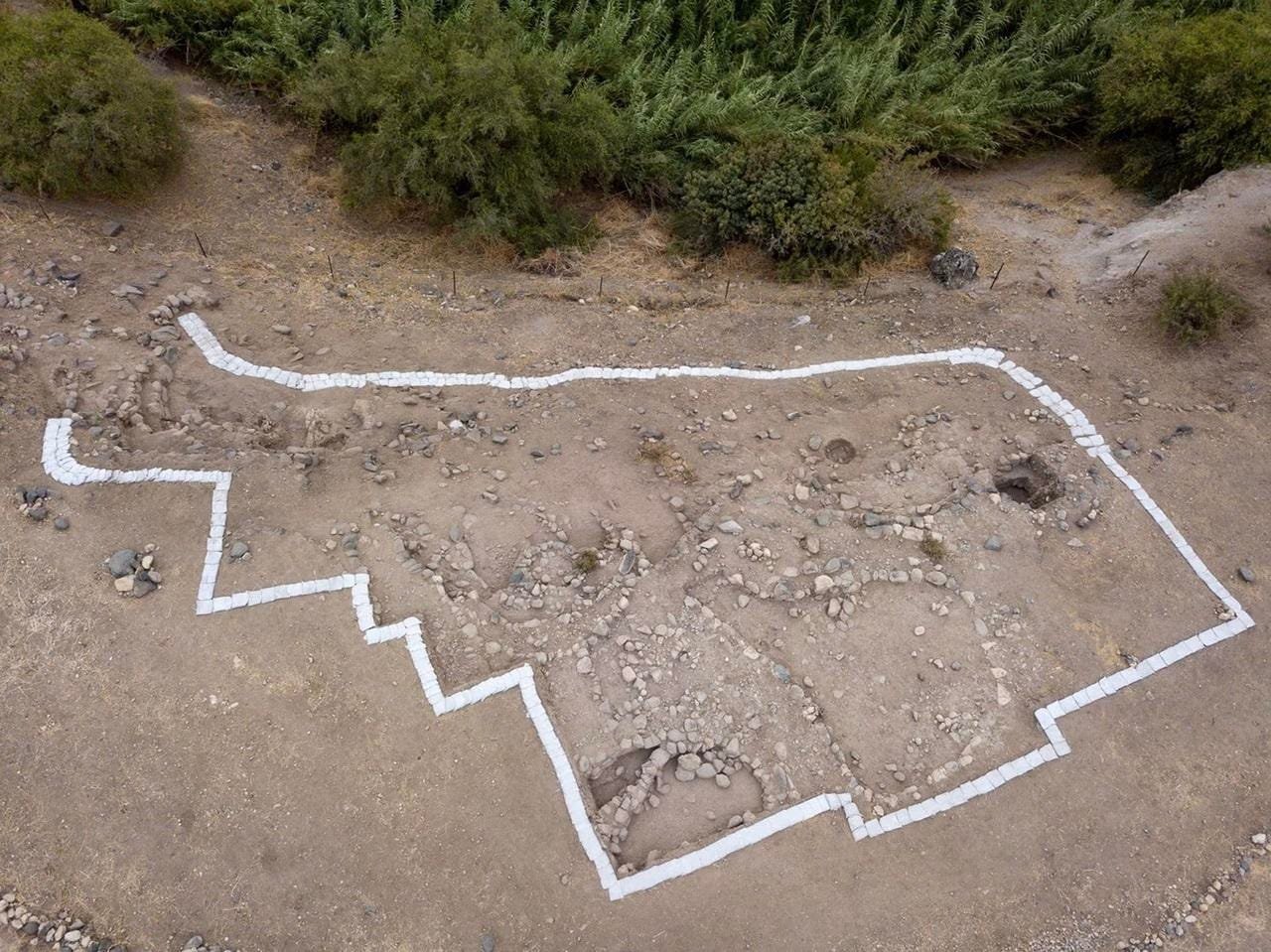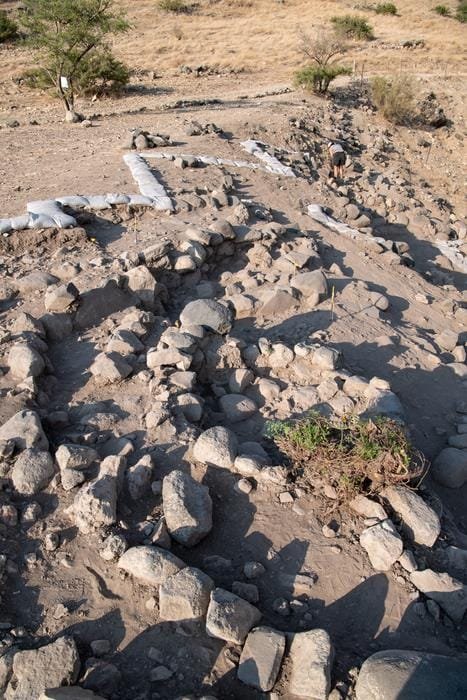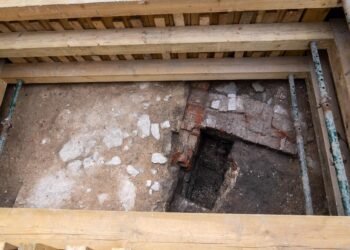Traditional theories about the origins of building in the Near East have been overturned by a landmark study, which shows that advanced building techniques and diverse architectural forms emerged much earlier than previously thought—dating back to the Natufian period (15,000–8,500 years ago).

The researchers, led by Hadas Goldgeier, Dr. Antoine Muller, and Prof. Leore Grosman from the Institute of Archaeology at the Hebrew University of Jerusalem, used innovative computational methods to analyze early structures, uncovering a narrative more complex than previously understood.
Earlier interpretations of early architecture in the Near East described a straightforward evolution from circular to rectangular structures during the Neolithic period. These views were based primarily on qualitative methods, which often oversimplify historical trends. In contrast, the new study, published in Archaeological Research in Asia, utilized a digital approach to examine the two-dimensional morphology of nearly 120 structures from 23 archaeological sites across the Mediterranean region and Jordan Valley.
Using advanced computational tools, including measures like the directionality of normal vectors and angle quantification, the researchers discovered a wealth of variability and ingenuity in early architectural forms. Right-angled structures—previously thought to be characteristic of later architectural phases—were identified as early as the Natufian period. This challenges the long-standing linear narrative of architectural progression.

“There’s considerably more variability than can be subsumed in the traditional ‘round to rectangular’ scheme of architectural development,” the study authors noted.
The results suggest “significant advances in building technology” during the Natufian and early Neolithic periods. This era saw the rise of permanent settlements and agricultural economies, yet lacked the codified building codes and standard practices that later characterized Neolithic architecture.
Early structures were highly variable, reflecting a phase of dynamic experimentation and innovation. With the establishment of permanent settlements and the rise of agricultural economies, shapes became more standardized, and buildings grew increasingly uniform. This shift likely marked the beginning of standardized construction practices tied to changes in social organization, demographics, and economic strategies.
The researchers stressed the need to incorporate contemporary analytical tools in archaeological investigations in order to reveal details that might be missed when using more traditional qualitative techniques. “Our computational methodology offers a repeatable and objective lens to analyze architectural history,” they explained.
Far from being merely an architectural technology that emerged earlier than previously believed, this study highlights the social and technological changes humanity experienced at the dawn of civilization. By digitizing and analyzing the remnants of ancient buildings, researchers can gain more precise insights into the lives and advancements of early communities in the Levant.






















